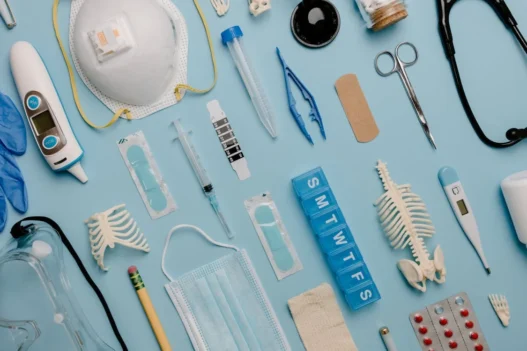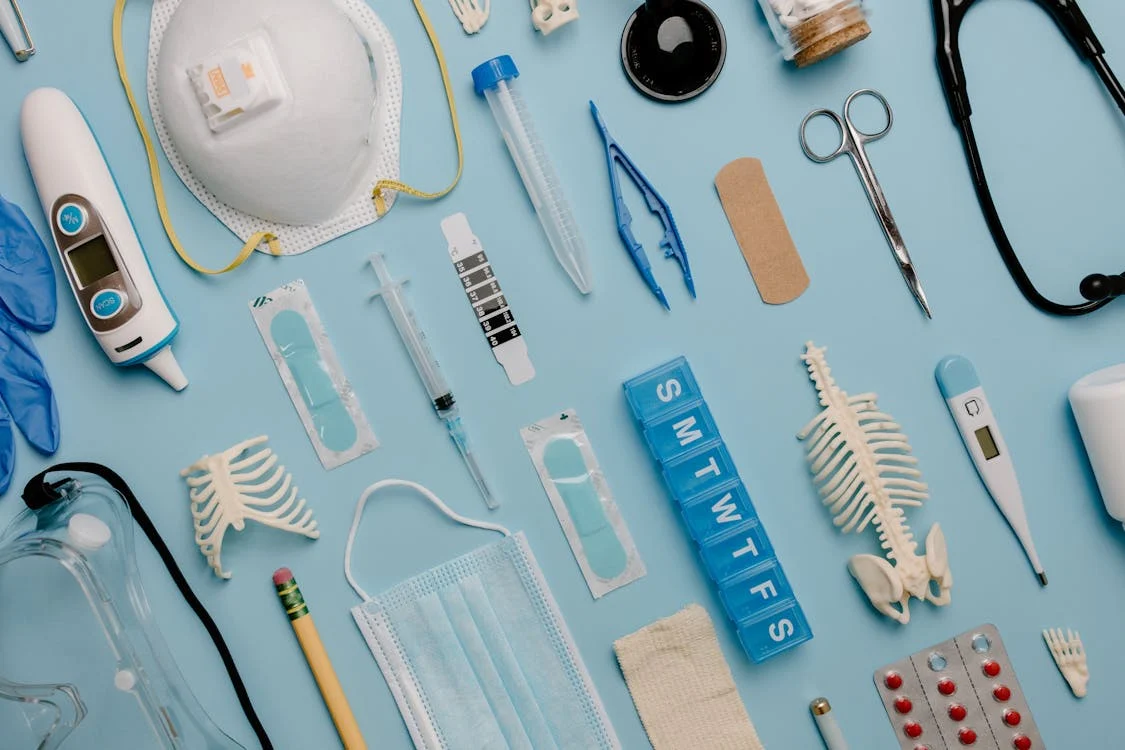0M8Q3ZZ is a medical code that represents a procedure involving the division of the bursa and ligament in the right ankle through a percutaneous approach, which means the treatment is done through the skin using a needle.
Table of Contents:
- 🔎 Clinical Indication
- 📋 Preparation
- 📖 Methodology
- 🩹 Recovery
- 🚨 Complexity & Risk
- 🔀 Similar Procedures
🔎 Clinical Indication
0M8Q3ZZ (Division of Right Ankle Bursa and Ligament, Percutaneous Approach) may be performed to relieve pain and inflammation in the right ankle caused by bursitis or ligament issues. This procedure involves using a minimally invasive approach to break up scar tissue and improve mobility.
By dividing the bursa and ligament through a percutaneous approach, doctors can help patients regain function in their right ankle and alleviate discomfort. This procedure is often recommended when conservative treatments such as rest, ice, and physical therapy have not provided sufficient relief.
📋 Preparation
Before undergoing the Division of Right Ankle Bursa and Ligament procedure, the patient will need to have a consultation with their healthcare provider. During this consultation, the patient will discuss their medical history, any medications they may be taking, and any known allergies.
The patient may also undergo preoperative tests, such as bloodwork or imaging studies, to ensure they are healthy enough to undergo the procedure. It is important for the patient to follow any preoperative instructions given by their healthcare provider, such as fasting before the procedure.
Additionally, the patient may be asked to stop taking certain medications, such as blood thinners, in the days leading up to the procedure. It is crucial for the patient to follow these instructions carefully to reduce the risk of complications during and after the procedure.
📖 Methodology
During 0M8Q3ZZ, a division of the right ankle bursa and ligament is performed using a percutaneous approach. This involves using a needle to access the area without making a large incision.
The bursa is a fluid-filled sac that reduces friction between tissues, and the ligament is a fibrous band that connects bones. By dividing these structures, any excess fluid or inflammation can be alleviated, providing relief for the patient.
Overall, the procedure aims to improve the function and mobility of the right ankle by addressing any issues with the bursa and ligament. This minimally invasive approach can lead to a quicker recovery time compared to traditional open surgery.
🩹 Recovery
After undergoing a Division of Right Ankle Bursa and Ligament procedure, the recovery process typically involves rest, elevation, and physical therapy.
Patients may need to use crutches for a period of time to avoid putting weight on the affected ankle, allowing it to heal properly. Engaging in regular physical therapy exercises can help strengthen the ankle and improve range of motion.
🚨 Complexity & Risk
Performing 0M8Q3ZZ, also known as Division of Right Ankle Bursa and Ligament through a Percutaneous Approach, involves intricately cutting and separating tissues in the ankle joint to relieve pain and improve mobility. The procedure requires a high level of precision and expertise due to the small size and delicate nature of the structures involved.
Patients undergoing this procedure may face potential risks such as infection, nerve damage, and excessive bleeding. Additionally, there is a risk of complications such as improper healing, limited range of motion, and prolonged pain post-surgery. It is important for patients to fully understand these risks and discuss them with their healthcare provider before deciding to undergo the procedure.
🔀 Similar Procedures
Another medical procedure that is similar to Division of Right Ankle Bursa and Ligament, Percutaneous Approach is arthroscopic surgery. This procedure also involves making small incisions and using a camera to guide the surgeon in repairing damaged tissues in the ankle joint.
Arthroscopic surgery allows for a minimally invasive approach to treating various ankle conditions, such as ligament tears and cartilage damage. Like the percutaneous approach, arthroscopic surgery typically results in less pain, faster recovery time, and improved joint function for patients.

